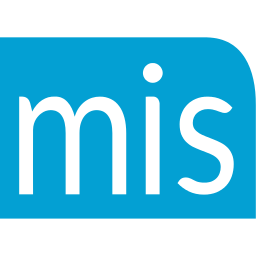Have you ever found that when someone tells you they can’t afford it, they usually mean something else? Most of the time when we get the price objection, it usually turns out to be a smokescreen hiding another objection.
In order to determine if this is indeed a smokescreen, you first have to isolate it (not answer it!). This is easy to do if you use this script first:
“I understand _________, and let me ask you something. If this price fit within your budget, would you move forward with me today?”
Any answer other than yes means that price is just a smokescreen and answering it will get you nowhere. What they usually mean is one of four things
1.) They think they can get it cheaper somewhere else.
2.) They just can’t justify spending that much for your product or service.
3.) They can’t see the value in your product or service.
4.) They don’t have the ready cash/budget to move on this today.
Once you’ve identified what is really hiding behind this objection, then you are ready to deal with it. And here is, word for word, what you need to say to overcome it:
If they “Think they can get it cheaper somewhere else” then use:
“__________ whenever you have options, price is usually the first and easiest thing to compare. But the problem is, in comparing price what usually gets missed is comparing apples to apples. Tell you what I’ll do. Go ahead and send me over the other quote (bid or offer) you have and I’ll compare it directly to what we’re offering you now.
If I find that you are truly getting a better deal, I’ll tell you so. If I find that we can match it and even give you a better price or service then I’ll do my best to give you a better overall deal. Either way, you’ll win – how does that sound?”
If they can’t “Justify the cost” then use:
“_________ we’re a business as well, and when we look at something, like you, we know that what we spend on our business is really an investment – not a cost. It’s an investment of time, energy, emotion or money. And when you look at it that way, it’s not really about the money, it’s about the return – the results. In other words, if I invest $_____ and this much energy or time, what am I going to get in return? You know what I’m talking about, right?
Well, let’s look at this again, and let’s stay focused on the results you’re going to get. (Now list them one by one) You see, this is why my other clients use us for this, and I know that it’ll make sense for you, too. Let’s do this…”
If they, “Can’t see the value in your price”
“___________ you can always get it (your product or service) for less money. Heck, we could do a Google search right now and I’ll bet we could come up with a few different options that are even cheaper than what you’re telling me you can get it for now. The question is – why aren’t you going with them? Isn’t it because there comes a time when price isn’t as important as the loss in quality, service and results?
And that’s why our clients keep doing business with us. When you begin getting (the results of your product or service), you’ll also understand why our price is worth the value and results you get with us. You can always get it cheaper, but you can’t get our results that pay for themselves over and over again. Let’s do this…(suggest starting with an introductory package).”
Doesn’t really have the budget – must use credit
“ ___________ no company or business can grow unless they leverage other people’s time, effort and money – you know that to be true. I’m not saying to go into your budget for this, rather, you need to pay for this the way you pay the other expenses of your business – with the bank’s money through a business line of credit or business credit card. That’s how everyone makes investments to help their business grow.
Now I know you see how this (your product or service) works, right? And I think you’d agree that by using it to (fit their solution), then like our other clients you, too, could see the results this generates, right? Then the decision is a no-brainer here, _________.
Go ahead and move forward with this and as it (saves them money or makes them more money or leads), then you can do what all the other successful companies do and that is invest even more resources in it as your business grows. Now, I recommend you start with our introductory package of ($____). What is the best card for you to put that on?”
As you can see, the best way to overcome the price objection is to first make sure it’s the real objection. After that, if you use one of these scripts to deal with what they really mean, then you’ll give yourself the best chance of closing the deal.
